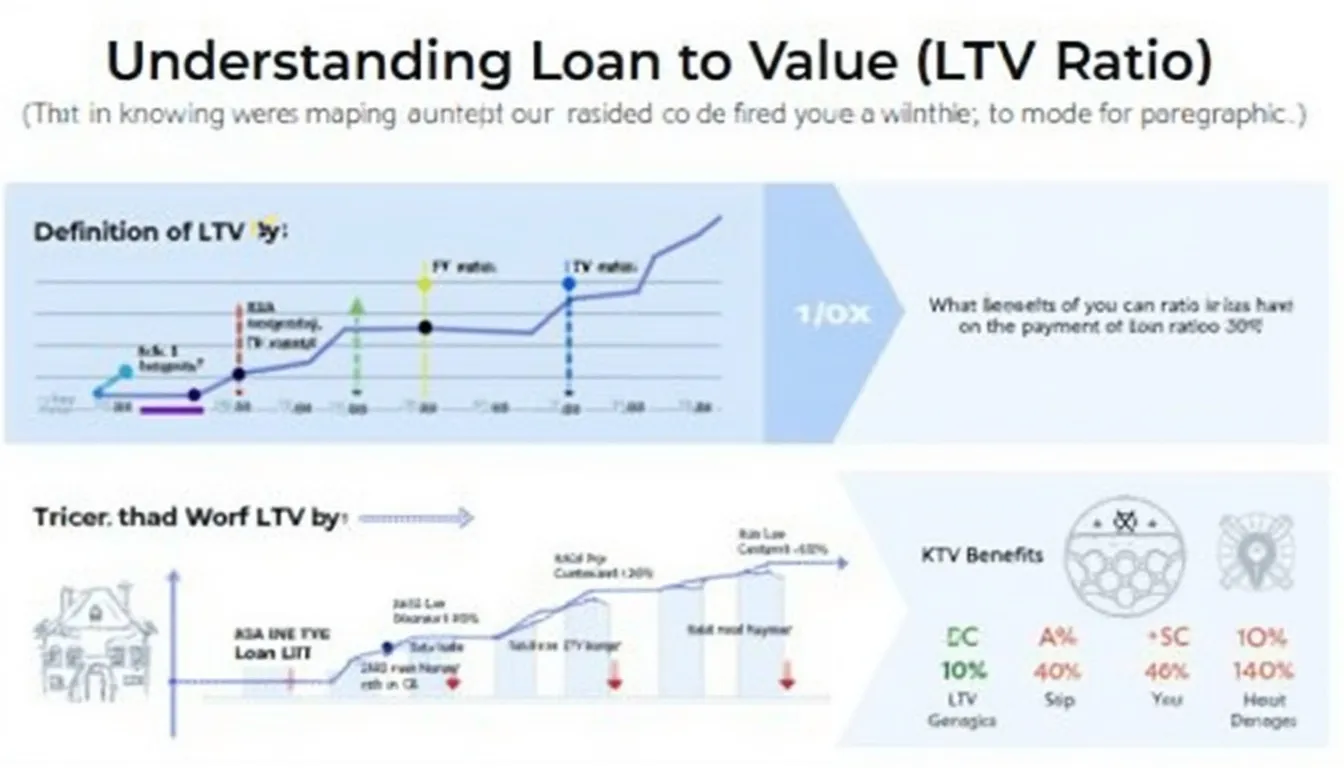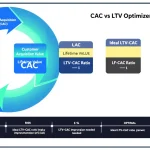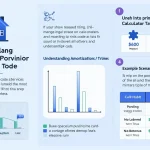Loan to Value Ratio Calculator
Is this tool helpful?
How to use the tool
- 1. Enter loan amount. Example: $175,000 or $340,000.
- 2. Enter collateral value. Example: $220,000 or $425,000.
- 3. Read your LTV ratio. The calculator instantly shows the percentage and explains what it means for approval, PMI, and rate.
Formula used
$$LTV = rac{Loan\ Amount}{Collateral\ Value} \times 100$$
Example calculation A
Loan $175,000 ÷ Value $220,000 × 100 = < b>79.55 % (no PMI, easier approval).
Example calculation B
Loan $340,000 ÷ Value $425,000 × 100 = < b>80.00 % (borderline; some lenders still waive PMI).
Quick-Facts
- Conventional “safe” LTV: ≤80 % triggers no PMI (CFPB, 2022).
- FHA maximum: 96.5 % for purchase loans (HUD Handbook 4000.1).
- PMI cost range: 0.55–2.25 % of loan annually (Urban Institute, 2023).
- Average U.S. home equity: 47 % in Q4 2023 (CoreLogic, 2024 report).
FAQ
What is an LTV ratio?
An LTV ratio compares your loan balance to the property value, expressed as a percent; lenders use it to gauge repayment risk (Fannie Mae, 2023).
Why do lenders prefer 80 % or less?
Default rates almost double once LTV exceeds 80 % because borrowers have less equity at stake (FHFA Working Paper, 2021).
How does a high LTV raise costs?
You pay private mortgage insurance and a higher interest spread—about 30–75 basis points on average (Freddie Mac, 2023).
Can I reduce LTV without more cash?
Yes—wait for the property to appreciate or repay part of the principal, then request a re-appraisal (CFPB, 2022).
Is LTV the same as CLTV?
No. CLTV adds all secured loans, including home-equity lines; lenders cap CLTV around 90 % for most products (Bankrate, 2024).
Does LTV affect refinancing?
Refinance deals usually need ≤95 % LTV; cash-out deals cap near 80 % (Fannie Mae RefiNow Guide, 2023).
Are commercial LTV limits different?
Yes. Multifamily loans often cap at 75 %, while hotels/retail cap near 65 % (CBRE Lending Survey, 2023).
How often should I recalculate?
Update annually or after large principal payments; equity shifts by 4–8 % per year on average home appreciation (NAR, 2024).
Important Disclaimer
The calculations, results, and content provided by our tools are not guaranteed to be accurate, complete, or reliable. Users are responsible for verifying and interpreting the results. Our content and tools may contain errors, biases, or inconsistencies. We reserve the right to save inputs and outputs from our tools for the purposes of error debugging, bias identification, and performance improvement. External companies providing AI models used in our tools may also save and process data in accordance with their own policies. By using our tools, you consent to this data collection and processing. We reserve the right to limit the usage of our tools based on current usability factors. By using our tools, you acknowledge that you have read, understood, and agreed to this disclaimer. You accept the inherent risks and limitations associated with the use of our tools and services.







